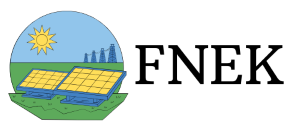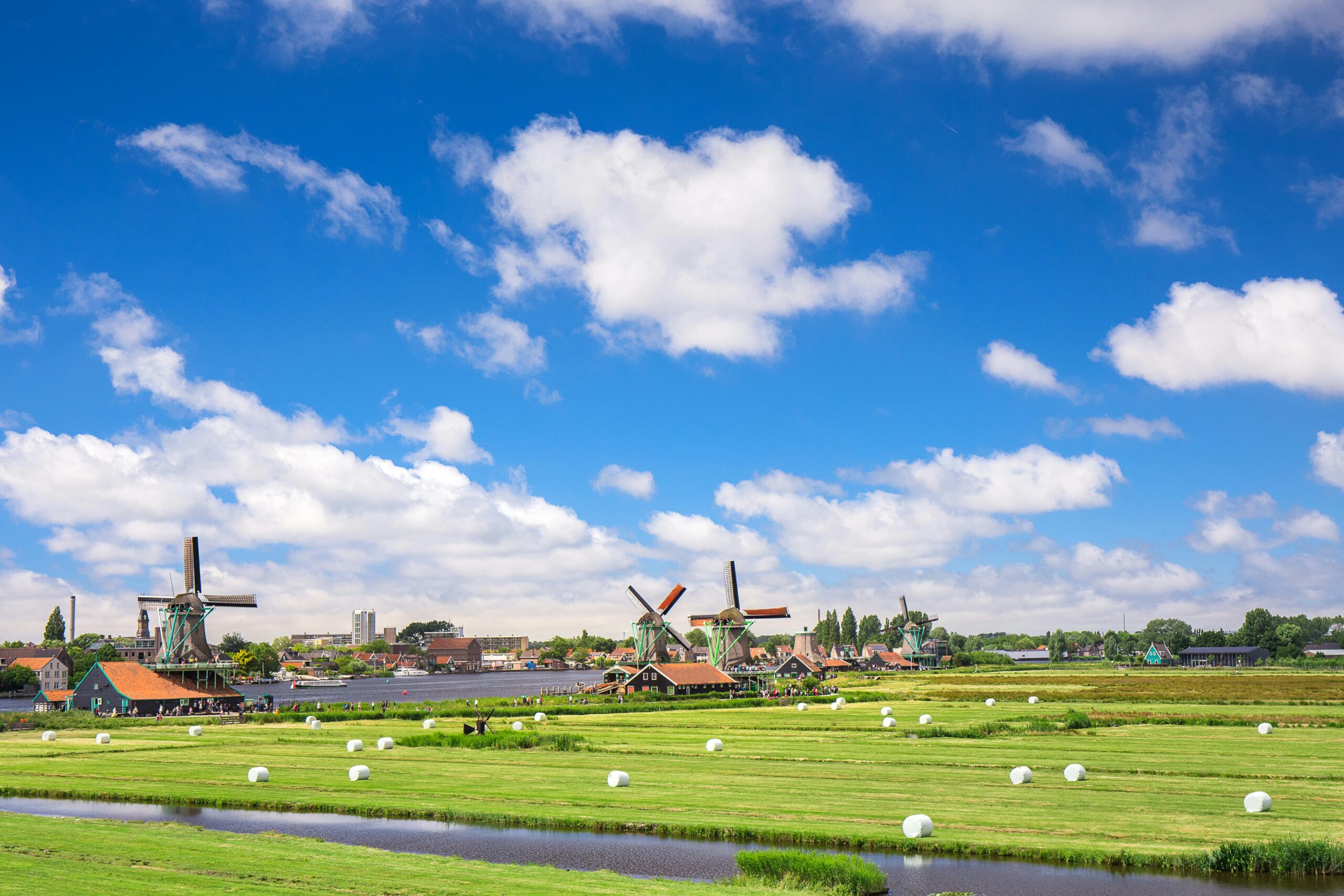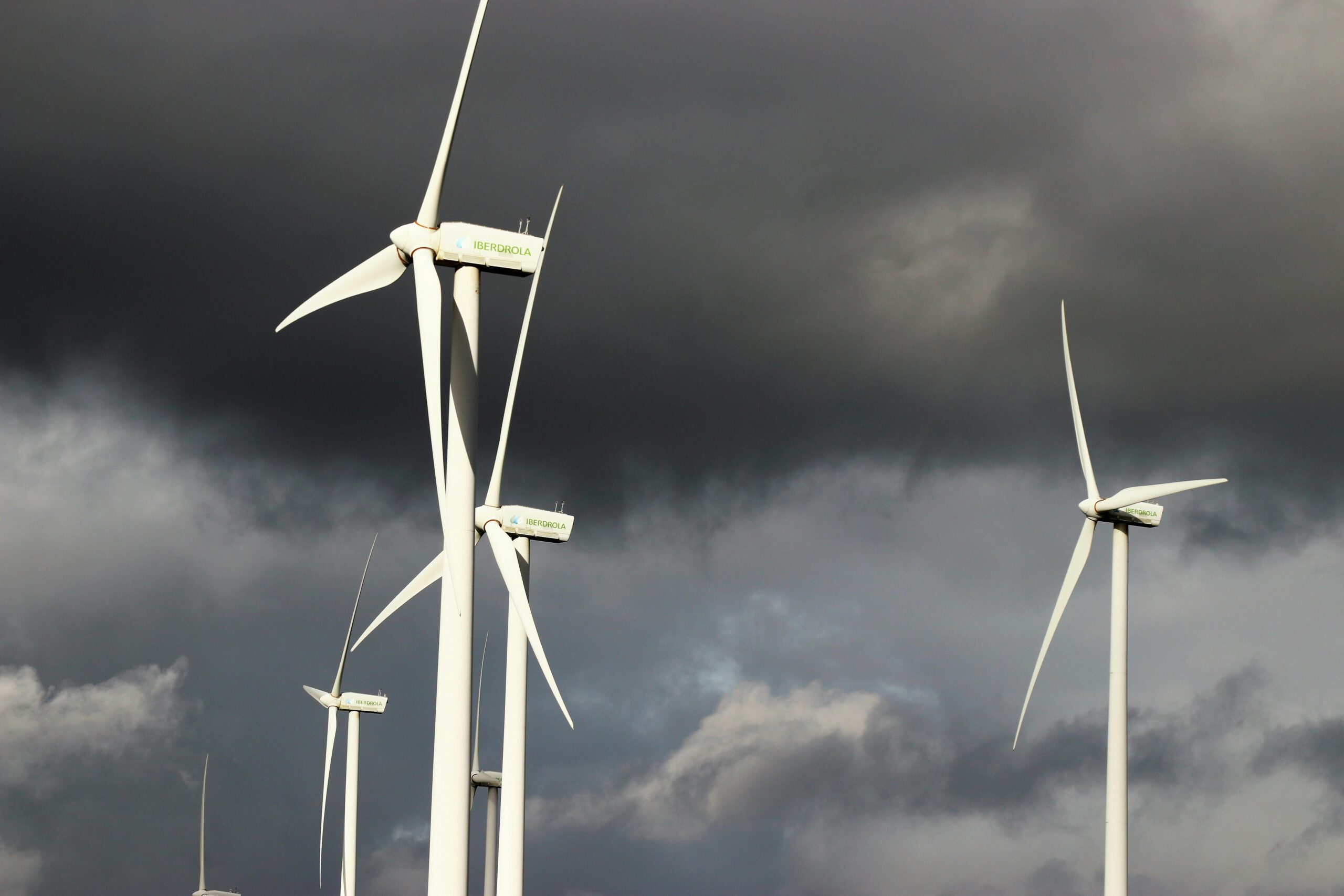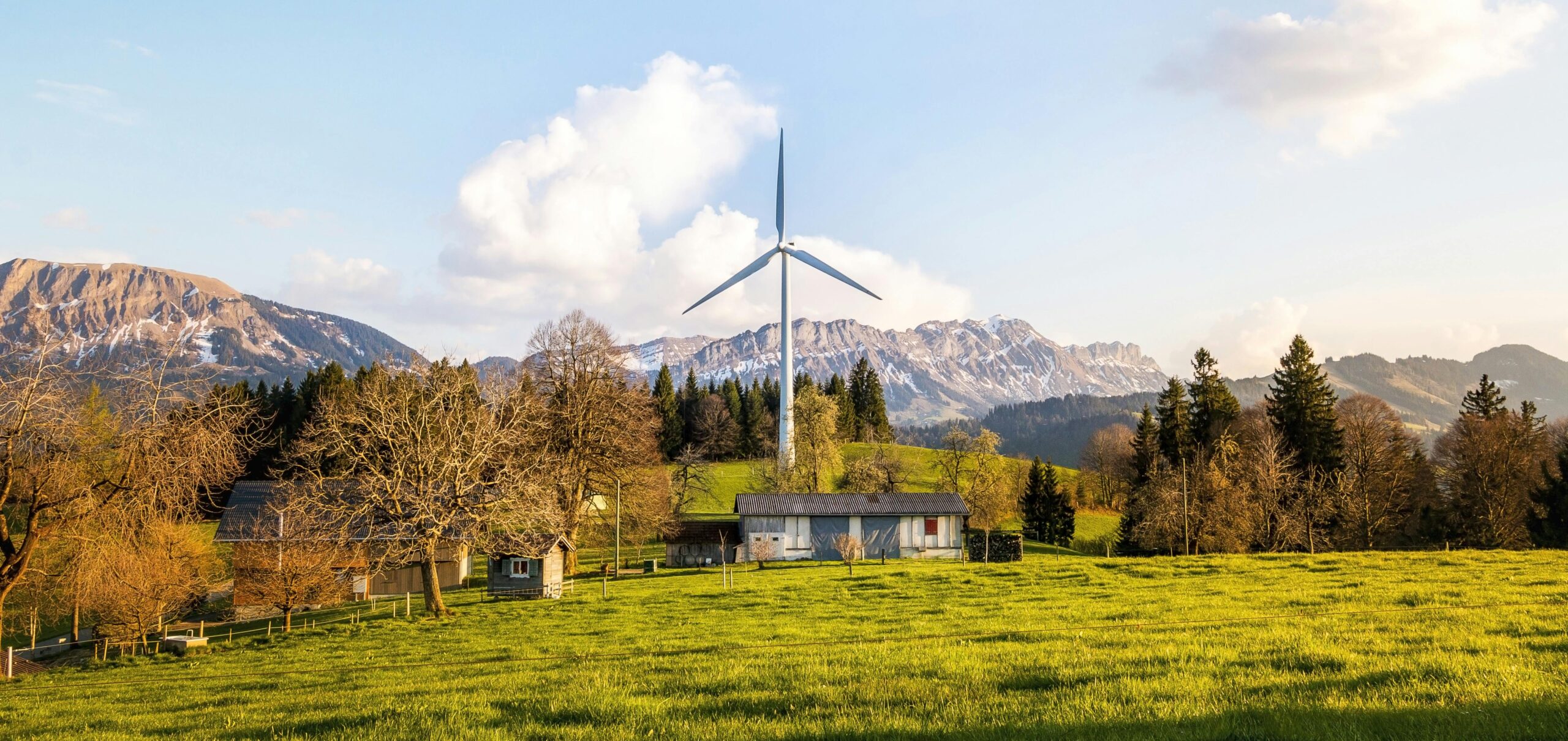Community wind projects have emerged as a transformative approach to renewable energy, empowering local economies and fostering sustainability. By involving communities in the development, ownership, and operation of wind energy projects, these initiatives create economic opportunities while promoting environmental stewardship. This article explores the benefits, challenges, and future prospects of community wind projects.
1. Economic Empowerment
Community wind projects provide local residents with a stake in renewable energy development, leading to significant economic benefits. By generating revenue from electricity sales, these projects can create jobs in areas such as turbine installation, maintenance, and management. According to a report by the American Wind Energy Association, community wind projects can yield economic returns of $1.5 million to $3 million per MW over their lifetime, which directly benefits local economies through job creation and increased tax revenues.
Local Investment: Many community wind projects encourage local investment, allowing residents to invest directly in the project. This not only builds local wealth but also ensures that a portion of the profits stays within the community. This model enhances community engagement and fosters a sense of ownership among residents.
2. Environmental Sustainability
Community wind projects contribute significantly to sustainability goals by providing a clean, renewable energy source. Wind energy reduces reliance on fossil fuels, thus decreasing greenhouse gas emissions and air pollution. By promoting local wind energy, communities can actively participate in combating climate change and protecting the environment.
Community Engagement in Sustainability: When residents are directly involved in wind energy projects, they are more likely to support sustainability initiatives and engage in conservation efforts. This local involvement fosters a culture of environmental awareness and responsibility, encouraging communities to adopt more sustainable practices in their daily lives.
3. Social Benefits
Community wind projects also foster social cohesion and collaboration among residents. By working together towards a common goal, communities can strengthen relationships and enhance social capital. This collaboration can lead to increased civic engagement and a stronger sense of community identity.
Educational Opportunities: Many community wind projects incorporate educational components, offering workshops and programs that teach residents about renewable energy and sustainability. These initiatives help raise awareness about the benefits of wind energy and empower community members with knowledge about sustainable practices.
4. Challenges and Considerations
While community wind projects offer numerous benefits, they also face challenges:
Funding and Financing: Securing funding for community wind projects can be difficult. Initial capital investments can be substantial, and communities may struggle to find investors or financing options. However, innovative financing models, such as community investment funds and cooperative ownership structures, are emerging to address these challenges.
Regulatory Hurdles: Navigating regulatory requirements can also pose challenges for community wind projects. Communities must often comply with local, state, and federal regulations regarding land use, environmental impact assessments, and interconnection agreements. Engaging with policymakers and regulatory bodies early in the planning process can help mitigate these challenges.
5. Future Prospects
The future of community wind projects looks promising as interest in renewable energy continues to grow. Technological advancements are making wind energy more accessible and cost-effective, while increased awareness of climate change is driving demand for sustainable energy solutions. Governments and organizations are beginning to recognize the value of community wind projects and are offering support through grants, tax incentives, and technical assistance.
Collaborative Networks: As more communities embrace wind energy, collaborative networks are emerging to share best practices and resources. These networks can facilitate knowledge exchange and support communities in developing successful wind projects.
Conclusion
Community wind projects represent a powerful approach to renewable energy that empowers local economies while promoting sustainability. By engaging residents in the development and operation of wind energy projects, communities can create economic opportunities, foster environmental stewardship, and strengthen social ties. While challenges remain, the growing interest in wind energy and the establishment of supportive frameworks signal a bright future for community wind projects. As communities harness the power of the wind, they are not only contributing to a cleaner energy future but also building a more resilient and sustainable society.








Leave a Comment